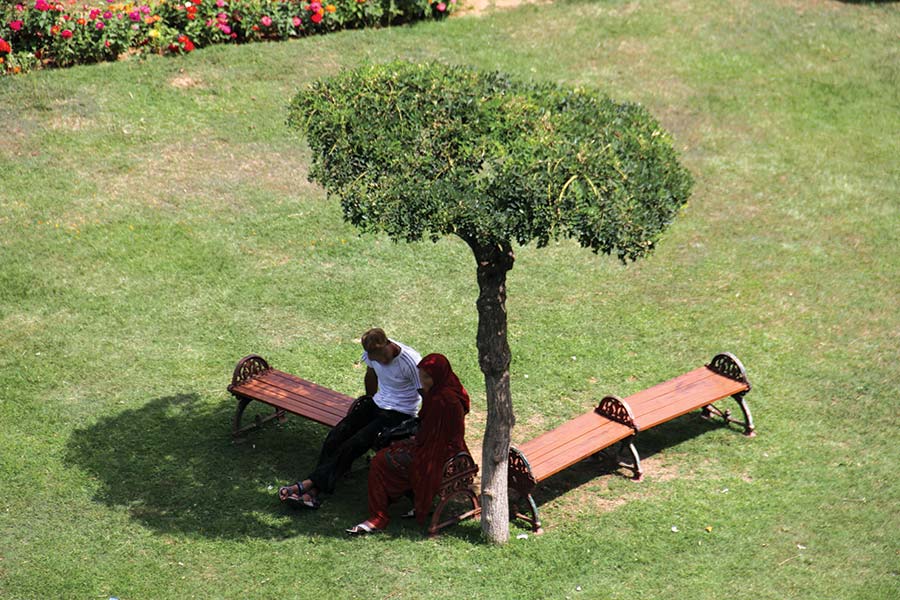by Khalid Bashir Ahmad
SRINAGAR: After completing its 40-day stay in the Valley, Chilai Kalan is leaving Kashmir today. Unlike in 2020-21, it was soft on the people this year. Beginning with a sunny day on 21 December 2021, CK is bidding adieu with a beautiful sunny day today.

In between also, there was more sunshine than we had last year. At the same time, it was generous with its bag of snow for the upper reaches of the Valley, generating the hope among agriculturists for a good flow in irrigation canals during the ensuing summer.
Chillai Kalan, a combination of two Persian words – chilla and kalan, separately meaning as a solitary retreat observed by people in different forms among different communities; and great, huge or major – is followed by 20 days of Chillai Khord (little winter) and 10 days of Chille Bacchi (baby winter). By the end of February, the winter in Kashmir wraps itself up for the year, paving the way for much-awaited spring.
Chilla kaatna is a ritual wherein a person completely isolates himself or herself from the outside world to concentrate on his or her spiritual or professional pursuit. The Kashmiris would virtually shut themselves in their homes during harsh winters.
Given its Persian origin, chillai kalan is a later day entrant to the local lexicon and is absent from the rich fund of Kashmiri proverbs. According to the old Kashmiri calendar, the Great Winter begins on 6 or 7 Poh, which corresponds to 21 or 22 December. The 12 months of Kashmiri calendar include Tsithur, Vahekh, Zeth, Har, Shravun, Badrupeth, Ashid, Kartikh, Monjhor, Poh, Maag and Phagun. The Kashmiri and Gregorian calendars correspond to the cycle of the sun phases. In the Northern Hemisphere (Kashmir included), winter generally begins on December 21.
The Kashmiri Pandit (minority Hindu community of Kashmir) astrologers record in their jantari (calendar) this day as ‘utrayan shuru‘, highlighting the journey of the sun from the Tropic of Capricorn to the Tropic of Cancer.
In olden times, the harshest period of Kashmir Winter was known as Shishur. Old Kashmiris divided the year into six seasons, each lasting for two months, including sonth (spring) from 15 March to 15 May, greshim (summer) from 15 May to 15 July, wehra’t (hottest period) from 15 July to 15 September, harud (autumn) from 15 September to 15 November, wande (winter) from 15 November to 15 January and sishur (coldest period) from 15 January to 15 March.
According to Walter Lawrence, famous settlement commissioner of Kashmir at the fall of the 19th century and author of the Valley of Kashmir, these are Grist months or months of agriculturists. The introduction of Grist calendar is attributed to Sultan Shamsuddin, founder of the Muslim Sultanate in Kashmir in 1339 AD. The people of yore in Iran and Turkey were known to celebrate 21 December as a religious festival while the Egyptians would worship the sun on this day.
(Copied from author’s FB wall)















